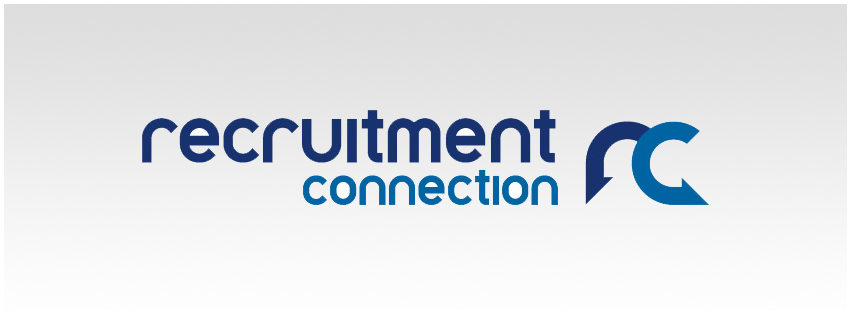What better way to let people know they are expendable commodities than calling them ”resources” (human or otherwise)?
We all know what we want from our people; the question is how to get it consistently. The answer, more often than not, lies in understanding what your people want from you.
Remuneration, incentives, reward and opportunity are important tools in achieving a “happy advisory family”. However, if we accept getting the most from your staff is really about delivering a knock-your-socks-off service for your clients, it has to go further than a general sense of wellbeing.
Most advisers, according to the MD of So Here’s the Plan, agree team dynamics have changed dramatically in recent years. In the past, the most important person in the business was the salesperson.
Today, service staff are arguably the fulcrum because service is precisely what advisers are selling. The quality of your business will be reflected in the quality of the clients you can keep, not the volume you can attract.
A truly successful advisory business ensures its purpose permeates every corner of the firm and there is both the leadership to inspire it and the infrastructure to deliver it.
But it starts before the beginning. Advisers agree not enough work is done to ensure the right people are brought in for the right roles: that those in client-facing roles care deeply about people, that staff in support roles love administrating and leaders are just that.
Incentivisation and reward structures, however wonderfully conceived, will fail unless the people fit. Four, interlocking, themes dominate:
Leadership: The desired culture must be purposefully led from the top and not be expected to come through advisers. Someone needs to invest time in creating the infrastructure for that to happen.
Infrastructure: Designing your processes to reflect the kind of service you intend to offer clients is key. How much should advisers be involved in administration? Should support staff be liaising directly with clients?
Clarity: Responsibility can only effectively be taken when clarity is provided as to what is expected from individuals and teams.
The client experience: All the above must be designed and delivered with the client as the start, the middle and the end. Every part of the business must know how it fits into the client’s world – not the other way round.
Article from Money Marketing – 3 March 2016



